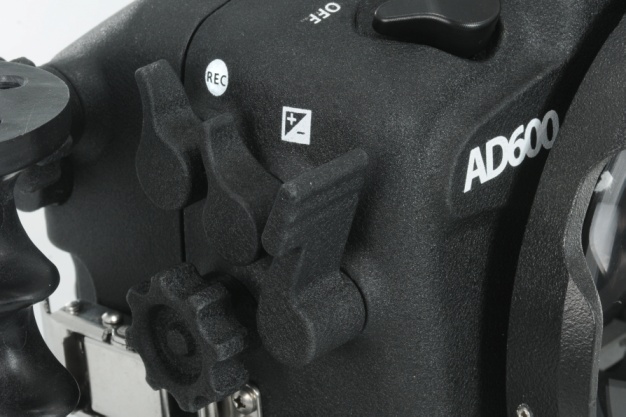NitrOx, EANx, DNAx, Safe Air, OEA; many names and acronyms for the same thing, oxygen enriched air. Once maligned, now just largely misunderstood, NitrOx is a part of the modern diving experience for both recreational and commercial divers. This article is less fun than previous entries, but if you’re considering diving NitrOx, it’ll help dispel some of the myths and falsehoods about it for you!
NitrOx can be created by several processes, none of which really have much bearing on this article. Suffice to say, no matter which method used, the end result is a breathable gas with a percentage of oxygen between 22% and 40%. Normal air is roughly 21% Oxygen and 79% Nitrogen. Typical blends are 32%, 36% and 40%. Blends of a higher percentage are possible, but are most often used for decompression stops and not for active diving. Most recreational groups, like PADI, NAUI and SSI produce tables for these blends. NOAA makes a 32% and 36% table for commercial/research divers, and DCIEM makes 32%, 36% and 40% for commercial/military divers.
There are a lot of myths about NitrOx, and here are some of the more common ones:
Myth: NitrOx is better for deeper dives.
Reality: Quite the opposite! NitrOx actually limits your depth owing to the risk of exceeding partial pressure safety levels, which can lead to oxygen toxicity.
Myth: NitrOx will reduce narcosis effects.
Reality: This is debatable. You can still get narced on a NitrOx dive, and no scientific study has proved this one way or another, it does lessen the risk of DCI though.
Myth: You won’t have post dive fatigue after a NitrOx dive.
Reality: This one is purely anecdotal. Some people find themselves less fatigued, others don’t notice any difference. Again, no science backs this one up, so…
Myth: NitrOx lets you dive longer than air.
Reality: This is a yes and no. Yes, Nitrox allows you to have longer no-decompression bottom times than regular air, but you still breath the same amount you normally would, consuming it at the same rate you would a normal tank.
Now some hard facts about NitrOx. What it does do is reduce the chance of DCI (decompression illness) during no-decompression dives. That’s really about it. When used properly and in conjunction with safe diving practices, that’s it. Almost everything else is purely anecdotal. How it reduces the chance of DCI is by reducing the amount of nitrogen the body can absorb by having less nitrogen in the mix. It’s a bit disappointing, but that’s all NitrOx really does. It makes your dive a bit safer.
All that said, NitrOx carries a few risks of its own for its users. Oxygen Toxicity is the greatest of these risks. This comes in two flavours, but the cause is the same… too much O2 in the system. Type 1 is the “short term” effect; where the body releases a large amount of carbon dioxide and goes into a grand mal seizure in response to the sudden onset of hypercapnia (too much CO2). Type 2 is far worse, the “long term” or “whole body” effect; Pulmonary Oxygen Toxicity. This one fires up on the surface, where symptom can include dryness of the throat/chest, a burning feeling under the sternum, and chest pain. These lead to acidosis, dyspnea, and fibrosis, none of which are conductive to life. While both require medical attention, Pulmonary Oxygen Toxicity requires immediate medical attention and a hyperbaric chamber. No ifs, no ands, no buts. You need to be in a chamber ASAFP. This is why the partial pressure limit of 1.6 should not be exceeded.
Now that you’re scared by all that, there are some easy ways to avoid all that badness. Dive your tables is the first one. If you have a computer or if you’re planning on getting a computer, see if it has NitrOx settings and use them. Don’t exceed your maximum depth for the mix you’re breathing. 1.6ppO2 (partial pressure oxygen) is considered to be the maximum exposure for safe diving. Don’t exceed this limit or your daily exposure limit. I like my computer set to both a maximum operating depth and to a ppO2 of 1.4; it’s a bit more conservative than some like, but its a safer bet. Check your own tanks before you use them with an O2 sensor, this is a standard practice and don’t take someone else’s word for what mix you’re about to breath! For the more technologically inclined, iPhone and iPod touch have NitrOx apps for figuring out ppO2 and maximum depth. Aside from all that stuff, just dive safely and within the limits of safety and within your own comfort zones. I’ve been diving NitrOx for several years now, and based off my experiences, I recommend it.
Learn more at: http://coldwaterdiver.net/





